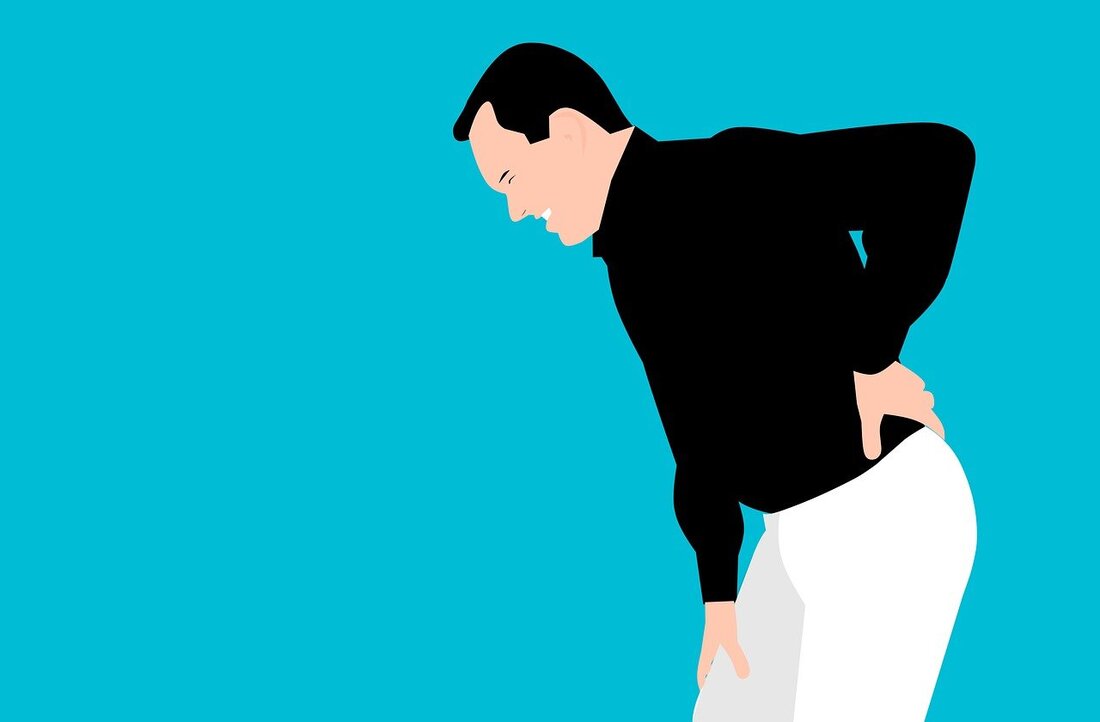|
Chronic pain affects approximately 100 million Americans. In addition, chronic pain is accompanied by depression. A recent study discovered that combining yoga with meditation significantly lowered depression while empowering those with chronic pain to deal more effectively with their situation. The small-scale study was conducted in a semi-rural population in Oregon where issues of affordability, addiction and access to care are common. Participants received intensive instruction in meditation and yoga during an eight-week period. Researchers discovered that meditation and yoga led to significant improvements in patients' perceptions of pain, depression and disability. Following the course, Patient Health Questionnaire (PHQ-9) scores, a standard measure of depression, dropped by 3.7 points on a 27-point scale. Some patients experience a similar drop from the use of an antidepressant. Beginning in September 2023, I will be offering two yoga plus meditation classes twice a week. Monday evenings, 6:45-7:45 and Saturday mornings 9:00 am - 10 am. Please consider joining and share this information with friends and on your social media. - VMP public domain photo from www.pixabay.com
The three attitudes most prevalent in people’s philoosophy are the practical, the mystical, and the scientific. Each is insufficient as covering the whole of life’ each becomes fallacious when it tries to extend beyond its proper sphere. - Bertrand Russell
If we think of the mind as being like a river - sometimes raging, sometimes deep and calm - we discover that we don’t have to stop it. All we have to do is watch it.
- Richard Stathem Always treat others as you would wish to be treated yourself. - Ethical Golden Rule
Mindfulness by itself is not at all how you get free of suffering. Real mindfulness will actually make you more aware of how much you are suffering and will make you resolve to try to do more about it. But it won’t be by just sitting and being more mindful. - Robert Thurman
The right discipline consists, not in external compulsion, but in habits of mind which lead spontaneously to desirable rather than undesirable activities. - Bertrand Russell
In her book, Happiness Becomes You: A Guide To Changing Your Life For Good, singer Tina Turner says it’s always possible to life your own spirits “through relatively simple efforts” such as: “Focusing your mind, doing yoga, running, swimming, working out, practicing breathing exercises, taking a walk, ‘shaking’ it off, stopping for a time out nap can sometimes work wonders. If these methods aren’t effective at raising your state of mind, you can explore others ways, such as prayer, chanting, meditation or study. Choose whatever path works best for you.” public domain photo www.pixabay.com
The Buddha said if you believe in something that your reason and common sense say couldn’t be true, that belief will cripple you mentally. - Robert Thurman
Over the last decades new terms have been coined to describe groups of people according to their birth years: baby boomers (1946-1964, millennials (1981-1986) , gen X (1965-1980), gen z (1997-2012).
Now there is a new term – perennials – which places people into a group not based upon birth years but upon continuing engagement with life in a wide variety of ways and patterns. The term “perennials” was introduced in 2016 by writer and entrepreneur Gina Pell who coined it as a response to “to Millennial-bashing in the media: Millennials were called lazy, entitled, non-committal, unrealistic, selfie-obsessed posers.” Rejecting the simplistic notion of stereotyping women and men into tight age categories she writes: “being a millennial doesn’t have to mean living in your parents’ basement, growing an artisan beard, and drinking craft beer. Midlife doesn’t have to be a crisis. And you don’t have to be a number anymore. You’re relevant. You’re ever blooming. You’re perennial.” Pell considered this issue more deeply and came to the conclusion that, in the 21st century, age is not the defining way of viewing and understanding others. As a corrective to placing people into an age box, Pell describes perennials as “ever-blooming, relevant people of all ages who live in the present time, know what’s happening in the world, stay current with technology, and have friends of all ages. Perennials get involved, stay curious, mentor others, and are passionate, compassionate, creative, confident, collaborative, global-minded risk takers, and who know how to hustle. Perennials comprise an inclusive, enduring mind-set, not a diverse demographic.” And, she adds that people perennials transcend age, race, gender, religion, socioeconomic group, and other categories that tend to separate, silo, and divide us.” Interestingly, the word perennial now appears in some dictionaries with this definition: “an older person, especially one whose mindset, lifestyle, skills, or interests defy generational labels and stereotypes.” Pell, however, believes that a perennial can be a person of any age and not only one who is “older”. Some prominent examples of perennials, past and present, include: • Tony Bennett collaborating with Lady Gaga by recording music together; • Arnold Schwarzenegger and Sylvester Stallone continuing to make movies in their 70s; • Ringo Star and Paul McCartney still performing in their 80s; • Jozef Ignacy Kraszewski (1812-1887) who wrote his first book in 1830, when he was a teenager and published 600 books during his lifetime; • Buddha who died in his 80th year but had taught continuously for 45 years offering a final teaching from his death bed. Perennials appear in all ages, interests, races, and genders but what they have in common is curiosity, creativity, and commitment to remain engaged with their world. In short, perennial people are ever blooming. They are the ageless generation. |
Victor M. Parachin ...is aVedic educator, yoga instructor, Buddhist meditation teacher and author of a dozen books. Buy his books at amazon or your local bookstore. Archives
July 2024
Categories |


 RSS Feed
RSS Feed